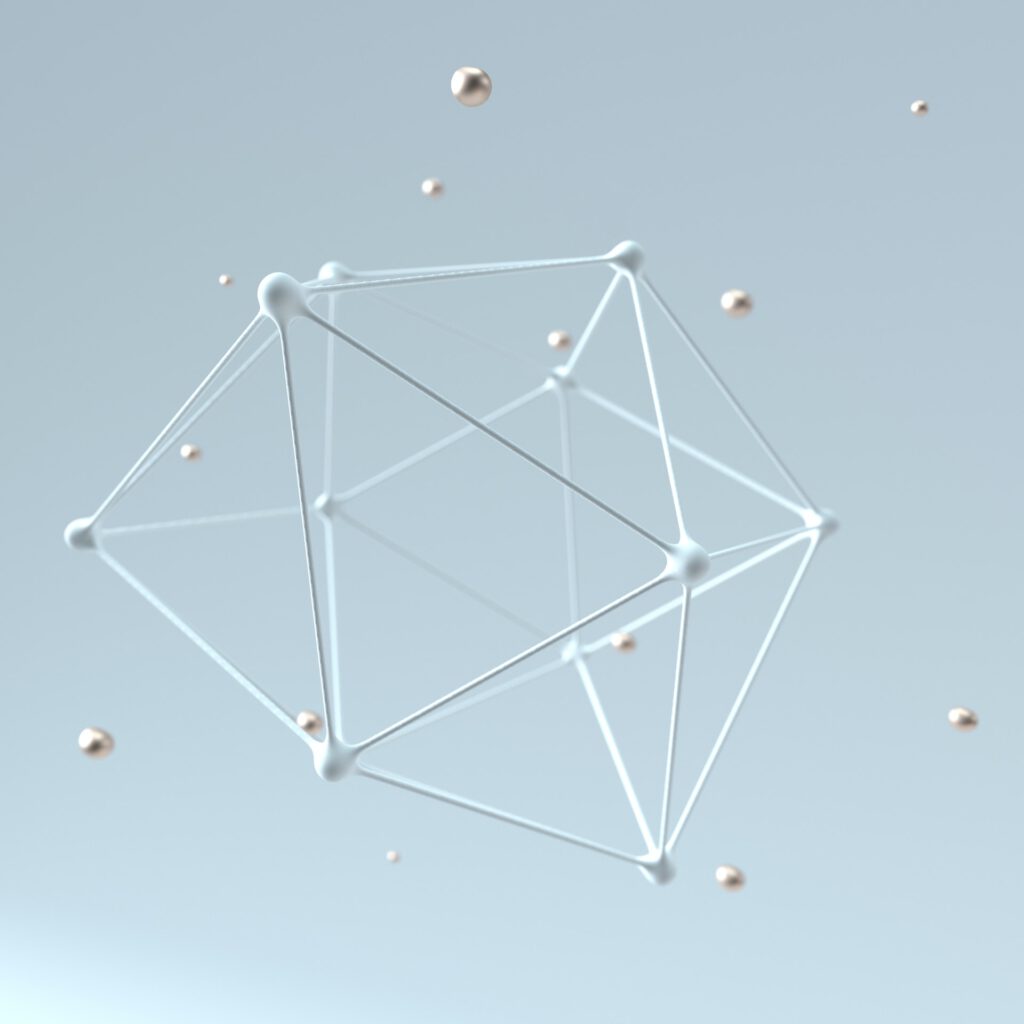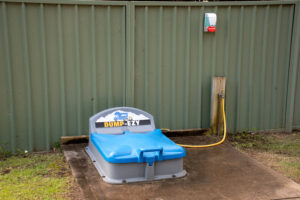How atomic layer deposition is changing the way we make things

Atomic layer deposition is a process in which thin films of material are deposited one atomic layer at a time. Atomic Layer Deposition can be used to deposit a wide variety of materials, including metals, semiconductors, oxides and dielectrics. In this article, we discuss the basics of atomic layer deposition, including what it is, how it works and some of its applications.
Applications of atomic layer deposition
Atomic layer deposition is a process that is increasingly finding applications in various industries. Some of the main applications of atomic layer deposition are:
- Semiconductor manufacturing: atomic layer deposition is widely used in semiconductor manufacturing to deposit thin films of material on silicon wafers. This enables the manufacture of advanced semiconductor devices, such as microprocessors and integrated circuits.
- Solar energy: Solar cells are becoming increasingly popular as a source of renewable energy. atomic layer deposition is used to deposit thin material films on solar cell substrates, which improves the efficiency of solar cells and helps reduce costs.
- Optoelectronics: atomic layer deposition is also used in optoelectronics to deposit thin film layers on optical components, such as lenses and mirrors. This improves the optical properties of the components and helps extend their lifetime.
How do you choose the right material for your application with atomic layer deposition deposition?
A wide variety of materials can be deposited with atomic layer deposition, including metals, semiconductors, oxides and dielectric materials. How do you choose the right material for your application? Here are some tips:
- Consider the properties of the material: The properties of the material you want to deposit play an important role in choosing the right atomic layer deposition process. For example, if you need a material with high electrical conductivity, you would choose an atomic layer deposition process that deposits a metal film.
- Consider the applications: The applications you want to use the material for should also be considered. For example, if you need a material for solar cell applications, choose one that is good for solar energy absorption.
- Work with an expert: If you are not sure which material to choose for your application, it is always best to consult an expert. They can help you choose the right material and the right atomic layer deposition process.






